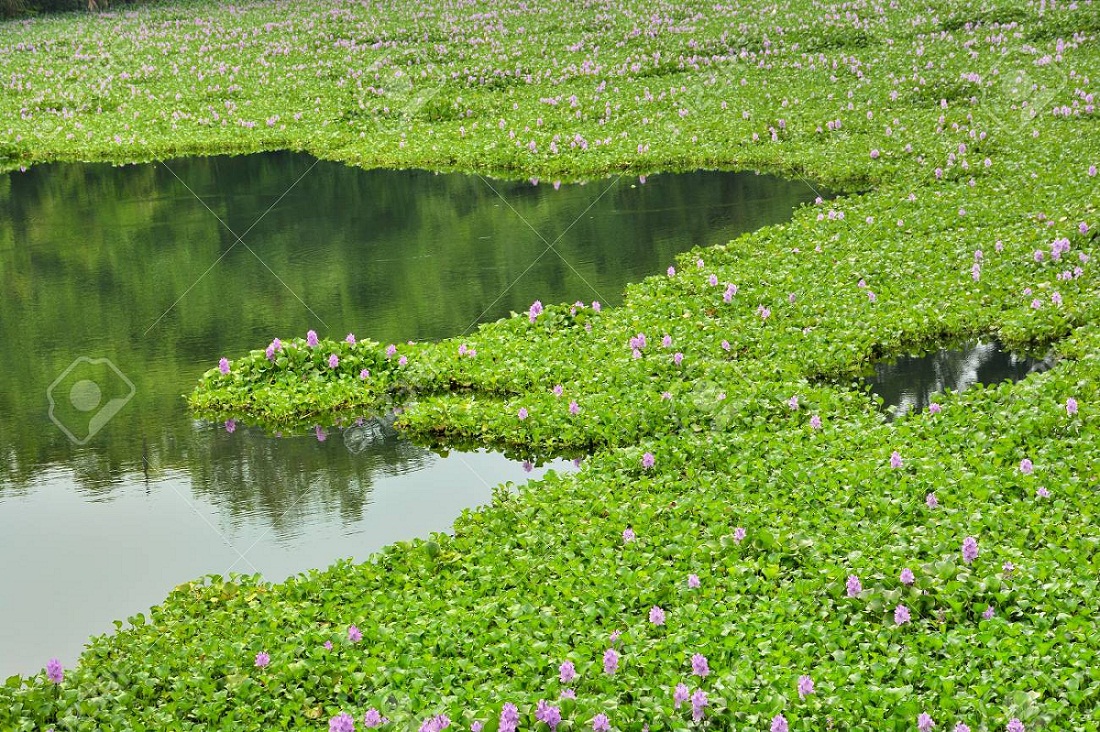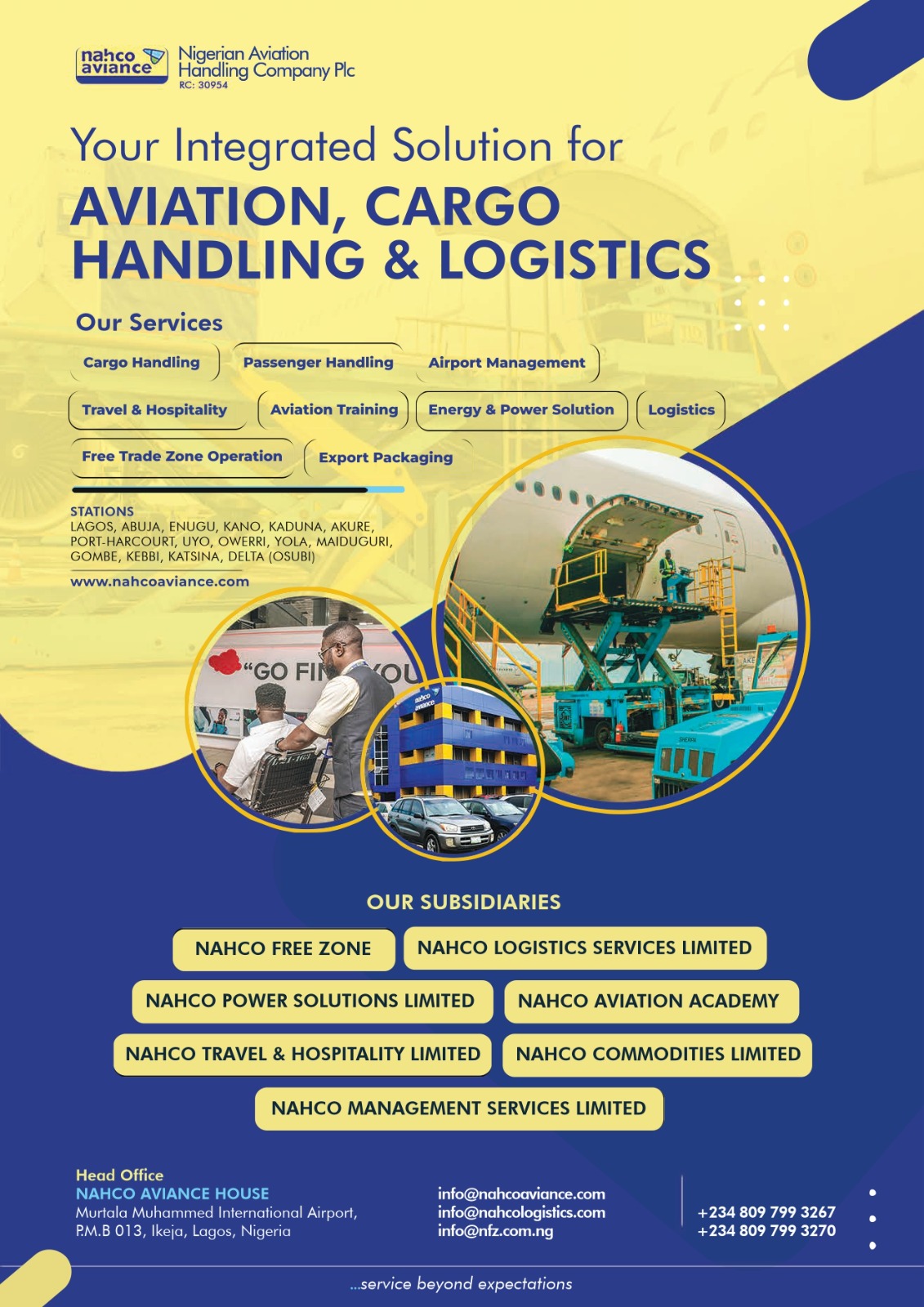The General Manager, Lagos State Waterways Authority, Oluwadamilola Emmanuel, has revealed that the removal of water hyacinth in Ikorodu and Epe axis has reached 80 per cent.
Water hyacinth is a problematic plant considered invasive throughout the world because it grows rapidly and can form thick layers over the water.
These mats shade out the other aquatic plants and the decaying process depletes the amount of dissolved oxygen in the water
Emmanuel also explained that all the water hyacinth could not be removed on the Lagos inland waterways but that, it was concerned with those impeding water transportation operations.
He said, “We cannot remove all the water hyacinth on the inland waterways in Lagos State. We will focus on areas where fishermen and boat operators majorly operate.
“We were able to focus on the Ikorodu axis which is at 80 per cent, even the Epe axis as well. For Badore, the pegging has been done and will start soon.”
Regarding wreck removal, he noted that three major wrecks were spotted in the waters of Irewe, Ikorodu and Lekki Link bridge which have been removed.
He said, “We just don’t want to go and remove wrecks. We want to make sure that the wreck we are removing is really impeding locations and has a certain effect. We saw one in Irewe, Ikorodu and the Lekki Ikoyi link bridge and we were able to remove those wrecks.”
READ ALSO: Make use of your water hyacinth training, LASWA charge residents
Giving an overview of this year’s successes, the LASWA GM noted that the agency purchased jet skis and tugboats to prove surveillance functions in the water.
He also added it is the responsibility of operators to provide life jackets for customers.
He said life jackets were donated to law-abiding operators who prioritised safety, while others who defaulted were dealt with.
In terms of automation, the GM spoke of am app that allowed the agency record details of every boat boarded, as well as the details of passengers on various routes.
Emmanuel charged other operators, especially local ones to embrace technology, noting that local operators constituted 80 per cent of the sector.













